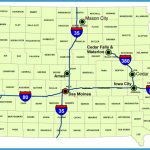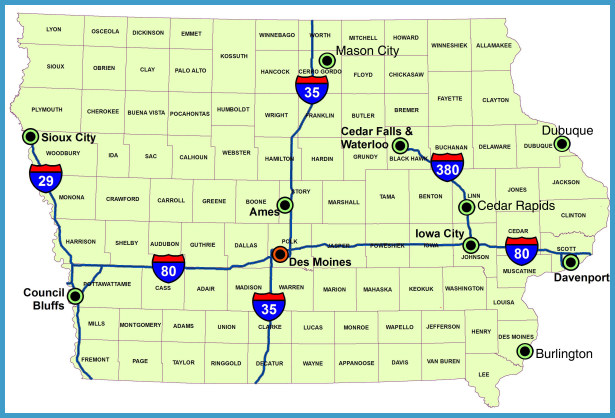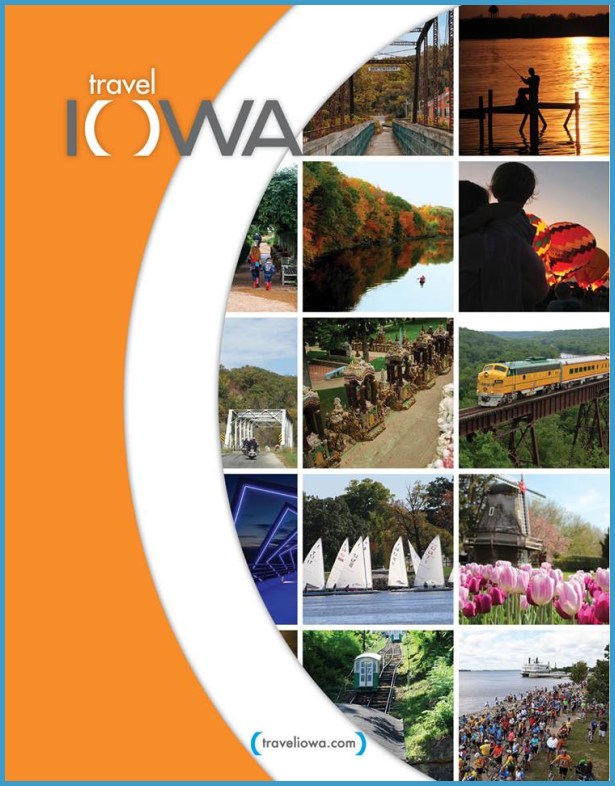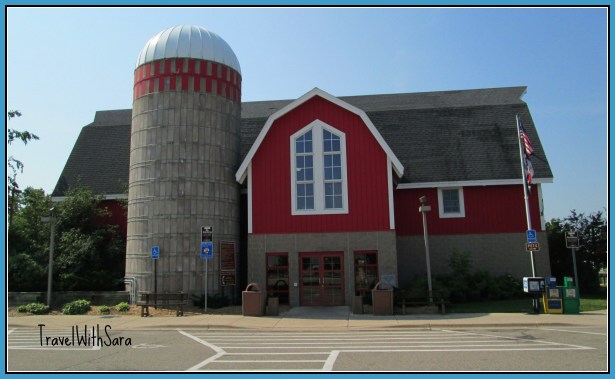Latinos in Iowa, 1980-2000: Changes and Challenges
By the beginning of the 1980s the Latino population comprised over 26,000 people, and the region experienced the early signs of a Latino surge that increased in the coming two decades. Three developments explain why in the last two decades of the twentieth century Iowa experienced an increase in its Latino population. First, Iowa’s agriculture industries went through a stage of deindustrialization created by the emergence of global competition. In the Iowan context this meant that many farmers in Iowa found it difficult to remain economically viable; thus, during the late 1970s and 1980s Iowa suffered a farm crisis, with many growers losing their farms, whereas large corporate entities increased.
For Latinos this meant fewer jobs in agriculture. Since the ending of World War II farming in Iowa has become increasingly capital intensive and less labor intensive. Latinos as a whole shifted to the manufacturing and service sector for employment in the second half of the twentieth century, especially the food processing and packaging industries. Deindustrialization also meant that certain sectors of the manufacturing base adjusted to the global competition by moving their operations abroad, de-unionizing, deskilling various industries, or going out of business.
On the one hand Iowa’s economy suffered a serious blow, but on the other, a number of large manufacturing and labor-intensive industries relocated to Iowa to take advantage of the low overhead cost and to attract a particular type of labor. As jobs in meatpacking became less desirable for native workers because of low pay, lack of benefits, and poor work conditions, immigrants, especially Latinos, began to fill those positions. Overall, Iowa also experienced a drop in its young population, which was due to the changes in its economy and to individuals leaving to find employment elsewhere.
The flight of Euro-American individuals and families from Iowa beginning in the 1980s explains the second factor for the rise in the Latino population in Iowa. The heavy recruitment and utilization of migrant labor by such companies as Iowa Beef Packers (IBP and now owned by Tyson Foods), ConAgra, Cargill, Hormel, and Swift, or the meatpacking industry in general, created a steady stream of Latinos into Iowa. The significance of these developments is that the Latino population in Iowa rose 27.8 percent between 1980 and 1990.
The new Latinos consisted of Mexican nationals pulled by economic opportunities to the state, Latinos migrating from other states such as Texas and California areas where jobs were becoming scarce because of an increase in the Latino population, which in turn increased competition and Latino refugees fleeing war-torn regions of Central America. The final factor that contributed to the increase in the Latino population in Iowa was fertility rates. Nationally, the Latinos are one of the youngest population groups. The Latino population in Iowa increased substantially toward the end of the twentieth and beginning of the twentieth-first century.
At the national level, the overall Latino population increased from 22.4 million in 1990 to 35.3 million in 2000. Iowa followed a similar trend. Indeed, the 1990 U.S. census recorded approximately 32,643 Latinos residing in Iowa, and by 1998 that number had increased to 56,936, that is, by 74.4 percent. By the year 2000 the number of Latinos had reached 82,473, or 2.8 percent of the overall Iowan population. This represented a 169.2 percent increase in the Latino population from 1990 to 2000. Although individuals of Mexican origin remained the largest subgroup of Latinos, at 61,154 or 74.2 percent, other groups are clearly represented in Iowa: 2,690 Puerto Ricans; 1,298 Guatemalans; 1,470 Salvadorans; and 750 Cubans. Historical factors explain the large discrepancy in number between individuals of Mexican origin and their Central and South American counterparts.















